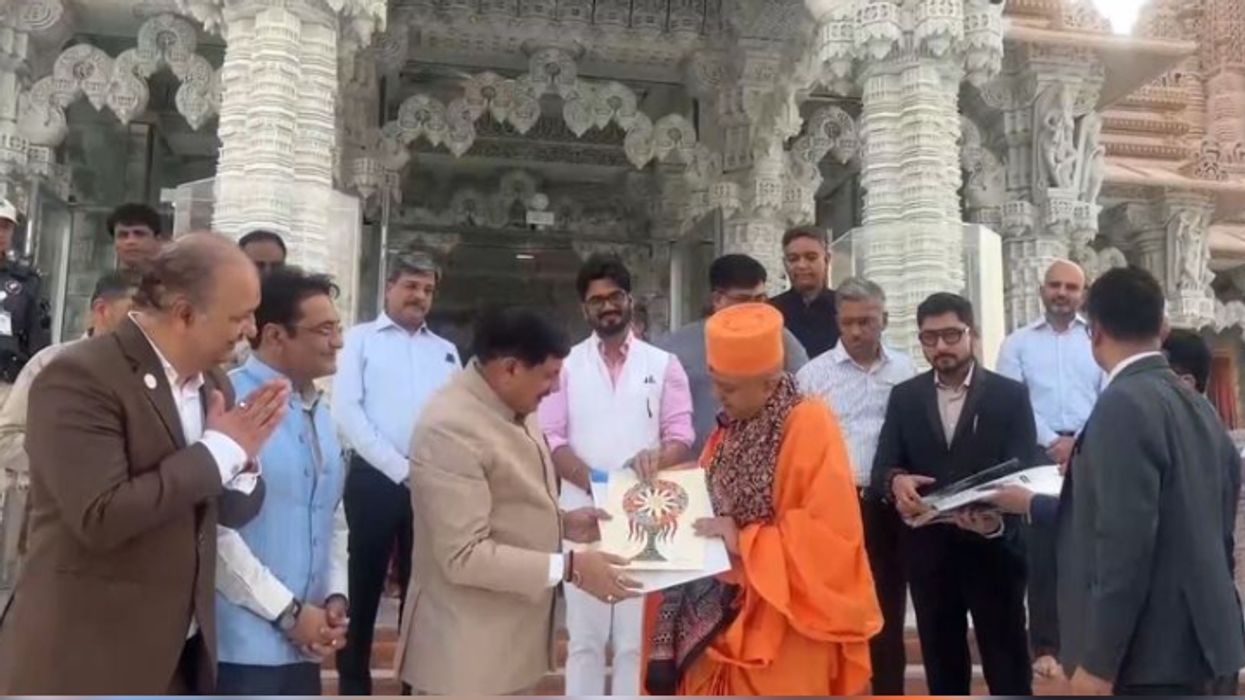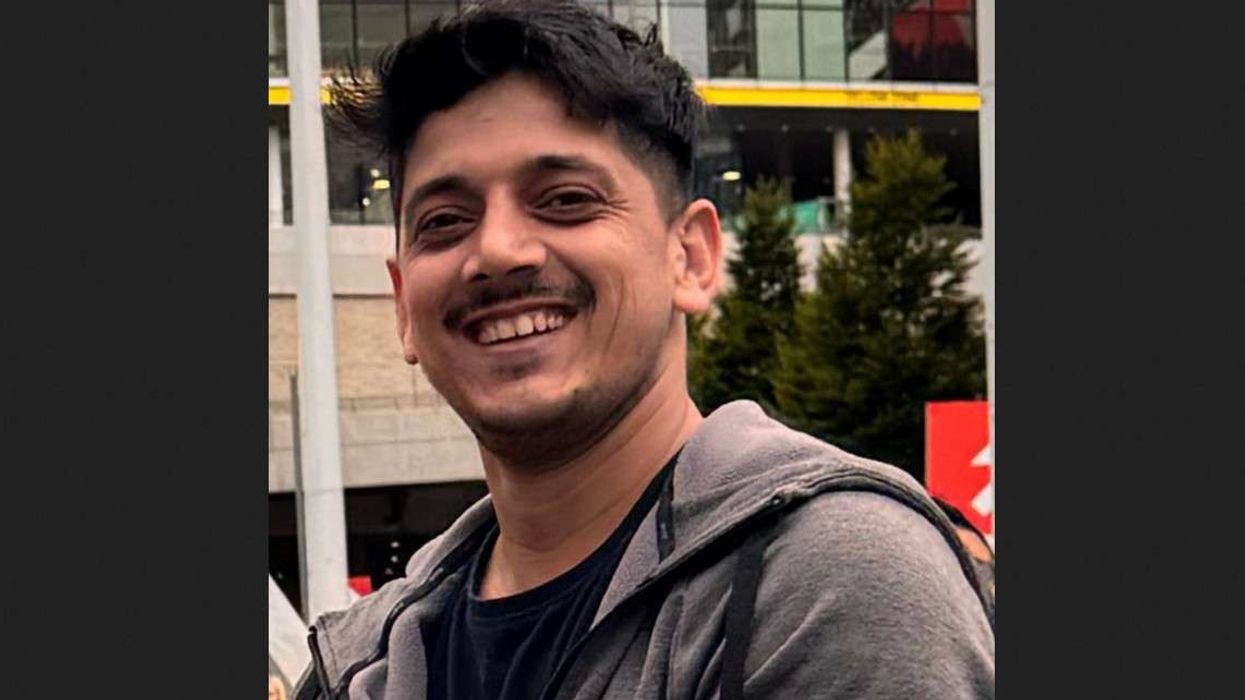On 13 July 2025, Dr Mohan Yadav, the Chief Minister of Madhya Pradesh, visited the BAPS Hindu Mandir in Abu Dhabi as part of the Guru Purnima celebrations.
He was received by Swami Brahmaviharidas, Head of the Mandir, who provided an overview of the Mandir’s history, architecture and purpose. The visit took place during a significant spiritual period for the BAPS community, with devotees from around the world gathering to honour their spiritual guide.
During his tour, Dr Yadav explored an exhibition highlighting the role and significance of a true Guru. According to organisers, he expressed appreciation for the values presented and reflected on the importance of selfless service to society.
The Chief Minister offered prayers at the Mandir’s shrines and was particularly moved by the presence of sacred soil from Jabalpur – the birthplace of His Holiness Mahant Swami Maharaj, spiritual leader and creator of the BAPS Hindu Mandir in Abu Dhabi.
Commenting on the experience, Dr Yadav described the Mandir as a global symbol of spiritual harmony, cultural unity and timeless values.
The BAPS Hindu Mandir, which opened earlier this year, has been noted for its intricate design and its role in promoting interfaith dialogue and cultural understanding in the UAE. The visit by Dr Yadav marks the latest in a series of high-profile delegations to the Mandir since its inauguration.














